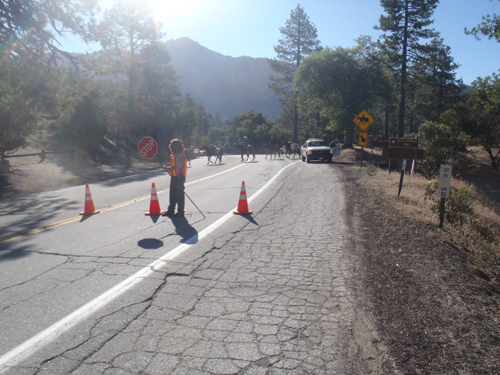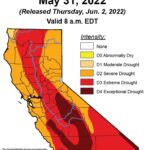
Recreation to develop an action plan to increase revenues and collection of unpaid user fees at state parks, while maintaining the character and values of the state park system.
The bill establishes a State Park Enterprise Fund. The fund’s monies will be held in trust and used exclusively for construction and installation of new revenue and fee collection equipment and technologies. Other specific uses include the costs of restoring and rehabilitating the state park system to enhance resources and visitation as well as create new opportunities to increase park revenues.
Another revenue source allows state taxpayers to allocate a portion of their tax refund to purchase a state park annual access pass. This will be on the tax return.
The bill also creates a special state park environmental license plate. The proceeds from its sale would be earmarked for exclusive trust purposes of preservation and restoration of California state parks.
The bill also modifies the criteria that DPR can use to determine which parks might be closed in the future. New criteria include the extent to which the closure would impact local and regional economies or disproportionately impact one region of the state over another, the extent to which the closure would limit availability of Americans with Disabilities Act compliant facilities, the extent to which the closure would impact fire risk or other public safety hazards, and the extent to which the closure would impact the state’s ability to protect iconic natural and historical resources.
During its 2011-12 budget preparation, DPR said the proposed funding cuts might result in the closure of 70 parks. Since then, several private organizations have negotiated agreement with DPR that would keep those parks open. AB 1589 goes further. It limits the number of parks subject to full closure during the 2012 to 2016 calendar years to 25 unless the Legislature authorizes a larger number after Jan. 1, 2013.










